News Briefs
Introduction
Read a roundup of stories featuring alumni and student achievement, faculty research, and college milestones.
t
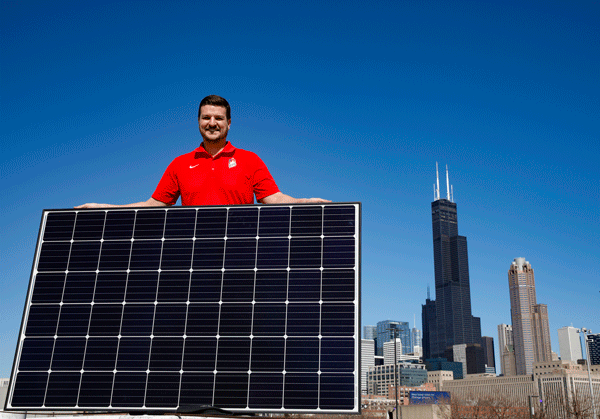
Rolling on sunshine
UIC’s fleet of electric vehicles will have a new solar charging station thanks to a new UIC Engineering student organization called Greengineers. The student group, which is focused on creating sustainable technology, is working with UIC’s Office of Planning, Sustainability, and Project Management to build a solar array for its electric vehicle, Gema.
The mini truck makes deliveries for the office’s food-recovery program, an initiative that gathers leftover food from the UI Health hospital and provides it to Franciscan Outreach, a Chicago nonprofit that serves the homeless. “Last year, we recovered nine tons of food,” said Cynthia Klein- Banai, assistant vice chancellor and director of sustainability. “With the project that Greengineers is doing, we’ll be able to make [the program] completely carbon neutral.”
Greengineers made the station mobile by mounting the panels on a trailer. Klein-Banai said the station could create an incentive for other UIC departments to purchase electric vehicles, which will ultimately help the university to reach its goal of becoming a carbon-neutral campus.
t

IE in the OR
When it comes to surgery, time is of the essence—and to reduce patients’ time on the operating table, surgeons may need to revisit some of their traditional methods. A PhD candidate in industrial engineering is here to help.
Devansh Saini is working with surgeons at the UI Health Craniofacial Center on a new methodology for a surgery that treats craniosynostosis, a birth defect in which the bones in a baby’s skull join together too early, before the infant’s brain is fully formed. It leads to an abnormal head shape and may cause complications later in life, such as increased intracranial pressure and impaired neurological development.
The team seeks to improve the operation by automating some elements, using technologies such as computer-aided design and manufacturing, 3D printing, and computer numerical control (CNC) milling, a machining process that uses computerized controls and rotating cutting tools to produce the final product. Saini plans to implement quality control and Lean and Six Sigma concepts, informed by his industrial-engineering training and his knowledge of materials and biomechanical testing.
“This will help to reduce the operative time, make the process standard and repeatable, and assist new surgeons in performing the surgery easier and faster,” said Saini, who is working under the direction of Clinical Assistant Professor Quintin Williams.
t
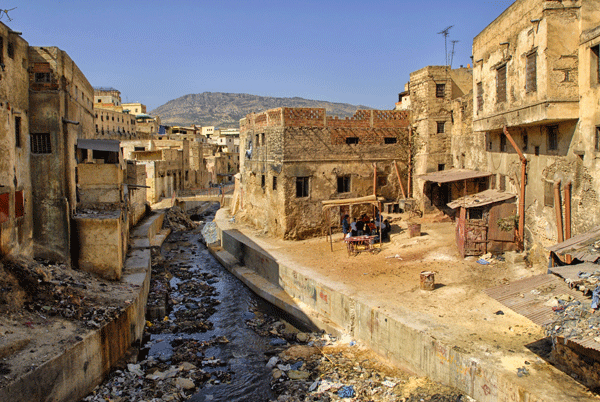
22 countries of ideas
Whether you live in the Northern or Southern hemisphere, on an island in the Pacific Ocean, or in an ancient city in Egypt, access to clean and safe drinking water can be the difference between life and death.
Brian Chaplin, associate professor of chemical engineering, plans to meet the challenge of providing sustainable water by combining his scientific knowledge with perspectives he gained from six months of academic travel around the world.
Chaplin’s research is focused on water treatment. Specifically, he uses electrochemistry to transform contaminants in water, helping to purify the liquid.
“Electrochemical-based technologies are a great option for water treatment because you do not have to add chemicals to the water,” Chaplin said. “All you need is your electrodes and a power supply, and you can create chemicals from the ions already present in water or directly from water itself.”
Chaplin spent part of 2019 traveling and doing research in 22 countries, including stops in Europe, Africa, Australia, Fiji, and southeast Asia.
He noted that different parts of the world have unique needs and challenges based on factors such as their infrastructure, climate, politics, social norms, and existing methods of waste removal. “Traveling abroad lets you see different scenarios and makes you think, ‘What are we doing here in the lab that can be transferred to one of these places?’” Chaplin said. “We are trying to design systems and technologies so they can remove as many different classes of contaminants as possible. Therefore, we can hopefully simplify the water-treatment process and develop affordable and efficient technologies that can contribute to worldwide water treatment.”
t
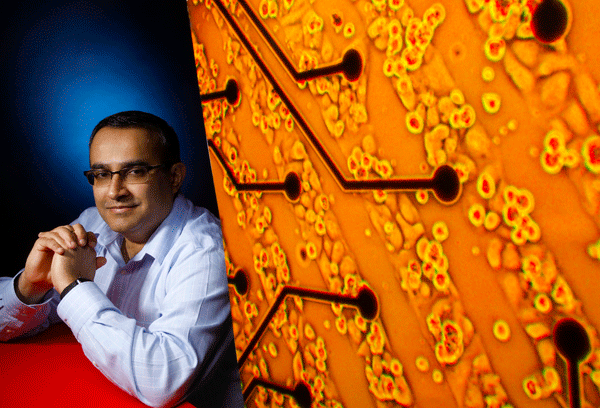
A heartbeat away
Advances in treatments for atrial fibrillation—an irregular-heartbeat condition that can increase someone’s likelihood of dying from blood clots, stroke, and heart failure—have been met with mixed results in patients. Atrial fibrillation’s underlying mechanisms are still not fully known, and researchers have had difficulty recreating the disease. Two UIC researchers have proposed a solution that is small in scale but potentially large in significance.
Bioengineering Associate Professor Salman Khetani and Dawood Darbar, professor of medicine, believe a patient-specific approach would help. Supported by a $2.5 million NIH grant, they plan to create atrial cardiomyocytes—heart cells that form the muscular walls of the heart—in bioengineered devices that could allow doctors and scientists to develop cellular models that are genetically matched to individual patients.
Personalized models are potential game-changers because separate patient populations may have different underlying causes of the disease and because individual patients may respond to treatments in distinct ways.
The platform will enable the researchers to discover the underlying genetic reason for atrial fibrillation in specific patients, which could lead to personalized atrial fibrillation treatments that are safer and more effective for each person.
t
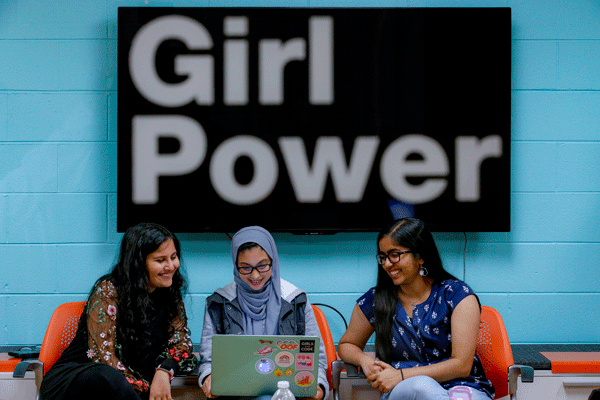
Minding the gap
The gender gap in the tech world may be more visible to some people than to others, but it exists.
Women earn 57 percent of all undergraduate degrees in the United States but only 18 percent of the degrees awarded in computer science—a decline from 37 percent in 1984, according to Accenture and the nonprofit Girls Who Code.
Now, the stage is set for change. UIC computer science has begun a five-year partnership with the national organization Break Through Tech, which chose Chicago as the place to build a broad range of women-in-tech programming. Break Through Tech derives funding from several key sources: Melinda Gates, through her company Pivotal Ventures; the U.S.-based foundation of the global IT firm Cognizant; and Verizon.
UIC’s role is to transform the landscape at the early stages: helping more women to choose a computer science major and preparing them for success.
UIC will provide introductory courses for students who had never considered computer science, pathways for community-college transfers, and brief but immersive “micro-internships” to introduce students to the working world.
t
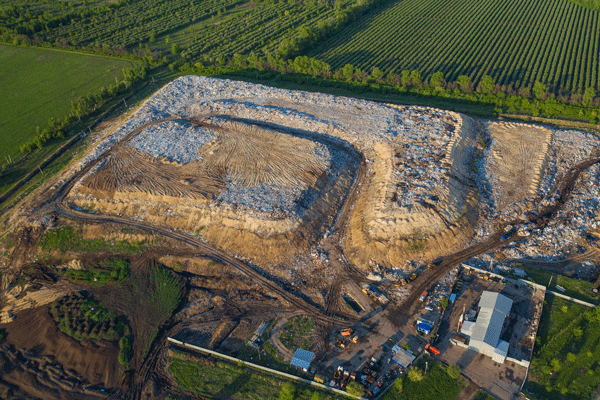
Putting a lid on landfills
Steel mills generate slag, a byproduct of cooking up the steel with iron and other materials in a high-temperature furnace. For steel mill owners, slag is waste product that takes up room. For Krishna Reddy, professor of civil and materials engineering, it’s a tool that has the potential to lower gaseous emissions being released from landfills.
Reddy developed a biogeochemical cover system using slag and biochar, a cleaner and more efficient form of charcoal. The system is designed to prevent carbon dioxide from being released into the atmosphere from landfills, replacing their gas extraction wells, which are less efficient at capturing pollutants. The research solves two problems at once: getting rid of the waste and making the landfills safer and more effective.
t
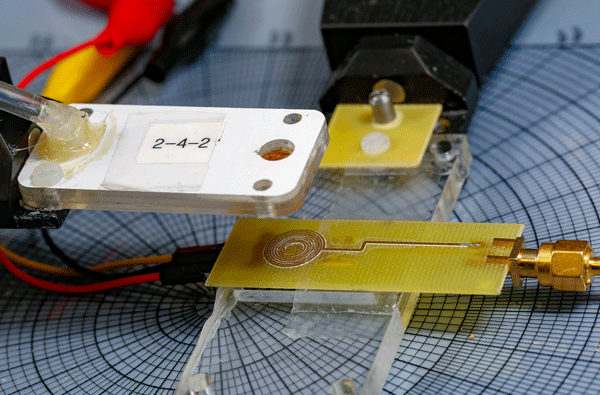
Diagnostic sense
Borrowing a concept from quantum mechanics, one professor is improving on our ability to get crucial health information from sensors embedded in medical implants.
The sensors are used for monitoring heart failure, pressure inside the eye, and blood pressure. They could have applications beyond the medical, too: in robotics, vehicles, and airplanes.
Associate Professor Pai-Yen Chen of the electrical and computer engineering department and colleagues are using a method called parity-time symmetry to increase the sensors’ sensitivity and resolution, producing more accurate, clearer results. Chen is working with UIC Medicine on a prototype of a wireless intraocular pressure sensor using this method. Eye pressure is the only known sign of glaucoma, which affects about 3 million Americans and is a leading cause of blindness. Chen’s device could offer a new gateway to diagnosis.
t

Deserts in the city
Some Chicagoans can see a bus stop or train station from their front windows. Others may face a difficult, time-consuming walk to access the public transportation they need.
Doctoral student Abolfazl Seyrfar won recognition at UIC for putting these phenomena into clearly visual terms via Geographic Information Systems, or GIS. Seyrfar, who studies in the civil and materials engineering department, worked to identify “transit deserts” in Chicago by mapping concentrations of transit-dependent residents. The outcome of his work—a crisp illustration of the need that exists within the city—won first place in a cross-college competition sponsored by UIC’s College of Urban Planning and Public Affairs.
“The results of our study can help urban planners and policy makers to reduce transportation inequity in the region,” Seyrfar said.